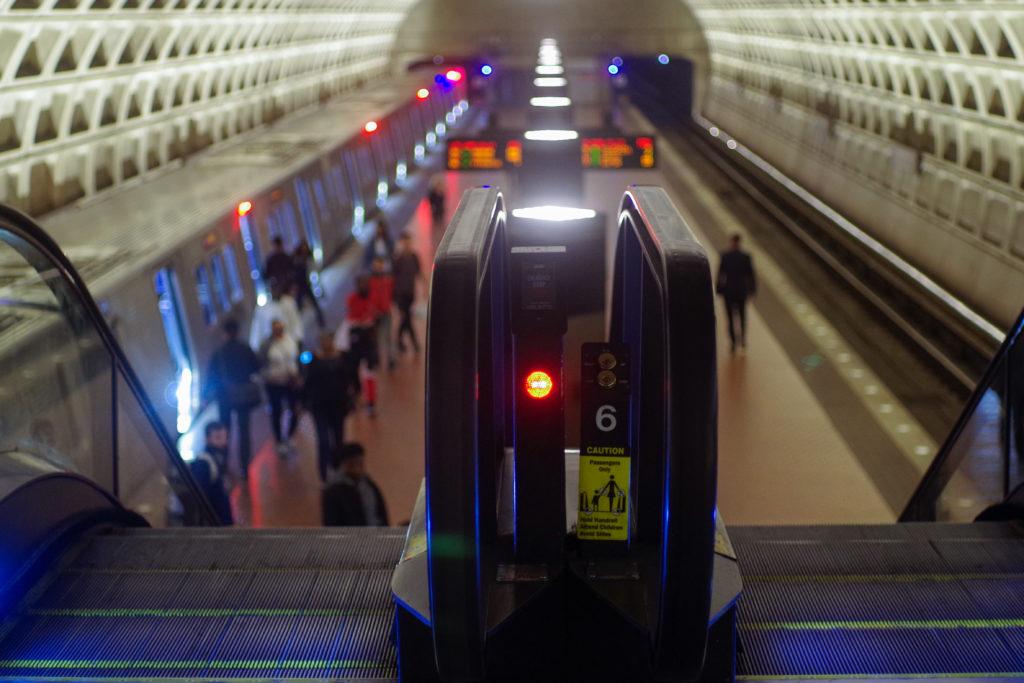Metro’s ridership levels have increased by thousands following the agency’s first week returning to normal operating hours, the Washington Post reported Saturday.
The Post reported that although the jump doesn’t match pre-pandemic numbers, ridership was up every day last week compared to earlier this month when trains and buses ran less frequently across the city. The report states the agency saw thousands of new passengers each day, as the number of trips surpassed 70,000 Tuesday and Friday.
The increase comes after Metro officials announced last week the agency would restore regular pre-pandemic service levels for the first time since the coronavirus spread throughout D.C. The service reboot expanded operating hours and more than doubled daily weekday trips from 511 to more than 1,200, officials said.
Officials said the ridership boom could be due to seasonal changes, as more students and workers return to work as the summer draws near an end, but passengers and “transit advocates” said regular civilians who want to resume their previous travel routines on the Metro are driving the uptick, according to the report.
The report states that the frequent circulation of trains and buses makes keeping distance from others easier than earlier in the pandemic when riders had to choose between fewer arrival times for trains.
Officials also tightened their cleaning and sanitization work, but hand-sanitizing stations and protective masks weren’t found at stations last week, the report states. Washington Metropolitan Area Transit Authority spokesman Max Stessel said the hand-sanitizing stations won’t be placed at stations for another five to seven weeks because of “design tweaks,” and masks will become available at the end of the month after they are individually wrapped.
The push for more health precautions on trains and buses comes as Metro lost its first employee to COVID-19 last weekend.








